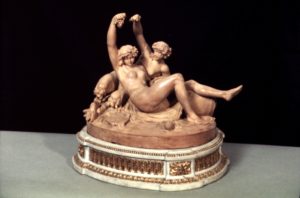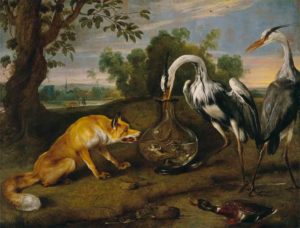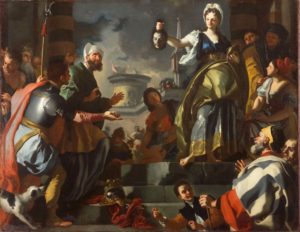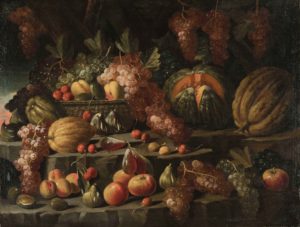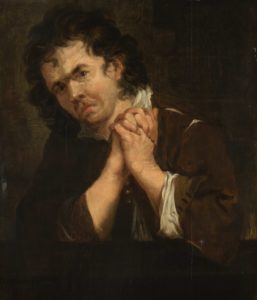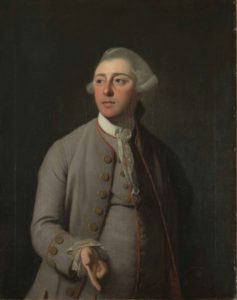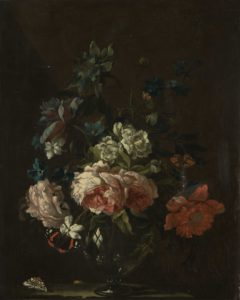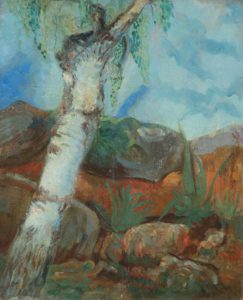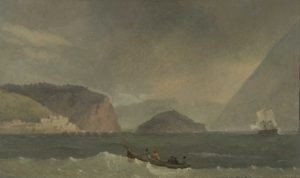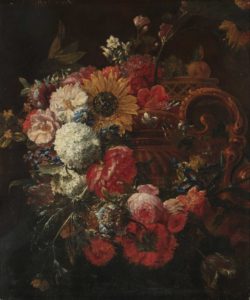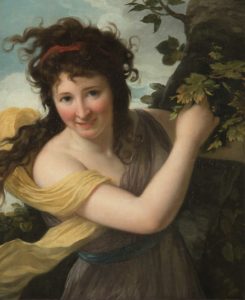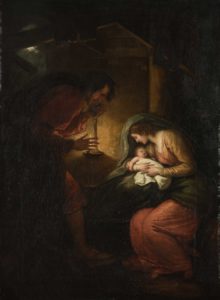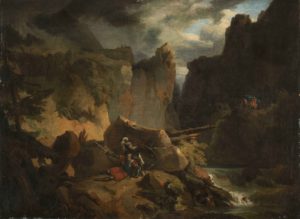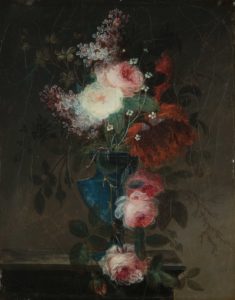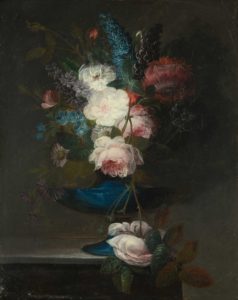Dedicated to science and the arts: James V. Aquavella, MD
Dedicated to science and the arts: James V. Aquavella, MD
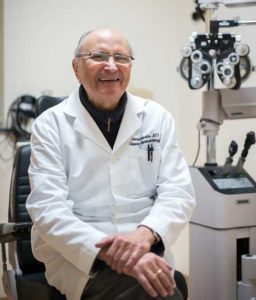
Dr. James Aquavella
For more than 60 years, James V. Aquavella, MD—a corneal surgeon and the Catherine E. Aquavella Distinguished Professor of Ophthalmology at the University of Rochester Medical Center’s Flaum Eye Institute—has been a leader in clinical practice, surgery, education, and research. He is known worldwide for his work with artificial corneal implants for infants and children, which has restored sight to patients as young as a few weeks old.
Over the course of his distinguished career, Dr. Aquavella has conducted seminal research; taught and mentored countless medical students and corneal surgeons; given lectures around the world; authored textbooks and published more than 350 papers; and helped and healed many patients and their families. He is also a champion of the humanities, an avid art collector, and a former member of the Board of Managers at the Memorial Art Gallery (MAG).
With a strong wish to share his passion for art with the Rochester community, Dr. Aquavella recently donated 12 paintings from 17th and 18th century Europe and America to the MAG. He and his late wife, Kay—a nurse, educator, and hospital administrator—have gifted a total of 15 works of art to the museum from their private collection.
“Looking back over history, the greatest scientists from people like Galileo to DaVinci to Isaac Newton—were all devoted to the advancement of their fields as well as to art, music, and the humanities overall,” says Dr. Aquavella. “Such a commitment contributes to a more complete image of an individual, as the humanities provide a lens through which to see and appreciate the world and a foundation to better understand the human experience along with the richness and beauty of it.”
An accomplished career
Dr. Aquavella was the first fellowship-trained corneal surgeon in the U.S. when he established his practice in Rochester in the mid-1960s as a specialist in cornea and external eye disease. Having been recruited by the then chair of the ophthalmology department, John Gipner, MD, Dr. Aquavella joined the University in 1962. He has been affiliated with its Flaum Eye Institute for many years and continues to treat patients there.
“Dr. Aquavella has dedicated his life to his patients and to improving their health and quality of life,” says Dr. Mark Taubman, Dean and CEO, University of Rochester Medical Center. “He’s an exemplary clinician, teacher, scholar, and human being who is committed to making this institution and our community a better place. We both share these convictions, along with our deep appreciation for the arts and opera.”
Dr. Aquavella received his AB from Johns Hopkins University and his medical degree from the University of Naples in Italy. “Being in Italy during the post-war 1950s was such a formative time for me,” he says. “It provided opportunities to experience Italian culture and also see major works of art, such as Michelangelo’s Sistine Chapel and Pietà.
Upon his return to the U.S., Dr. Aquavella became a member of the health team at the Kings County Medical Center, Brooklyn Eye and Ear Hospital, Massachusetts Eye and Ear Infirmary, Harvard University, and the Schepens Institute in Boston. Later in his career, he became founder and president of the Cornea Society, president of the Contact Lens Association of Ophthalmology, director of the Eye Bank Association of America, and consultant to the Food and Drug Administration and Tissue Banks International.
A strong partnership
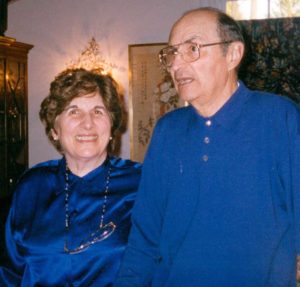
Dr. James Aquavella with his wife, Kay
James and Kay Aquavella were married for 40 years until her death in 2012. They traveled the world together, often while he participated in conferences and gave lectures. They also nurtured their shared interest in the arts and frequented places such as the Frick Museum, the Metropolitan Museum of Art, and the Metropolitan Opera in New York City, and the Corcoran Gallery of Art in Washington, D.C.
“Kay was a kind, dedicated woman,” says Dr. Aquavella. “She always felt strongly about my commitment to teaching and research and was in favor of supporting the University, both at the Medical Center and at the Memorial Art Gallery, which she very much enjoyed. She was also the driving force in our collaboration to create the first ambulatory surgical center in New York State. The ambulatory procedure is now used for 70 percent of all surgery performed in the United States.”
A legacy of giving
Dr. Aquavella’s first gift to the MAG was Claude Michel’s “Bacchante and Female Satyr,” a terracotta sculpture from the late 18th century, followed by Frans Snyder’s “The Fox and the Heron,” (ca. 1630-1640) and Francesco Solimena’s “The Triumph of Judith” (1704-1708). Each gift to the MAG holds special meaning to Dr. Aquavella. For instance, he is struck by the raw emotion and pain illustrated in Jean Honoré Fragonard’s “Portrait of a Penitent Man,” the sheer beauty of Elizabeth Vigee-Lebrun’s “Portrait of a Woman as a Bacchante,” and the colorful expression captured in the “Tree in a Landscape,” which is painted in the style of Odilon Redon, a French symbolist painter.
In addition to his gifts to the MAG, in 2013, Dr. Aquavella established two endowed professorships at the University’s School of Medicine and Dentistry: the Catherine E. Aquavella Distinguished Professorship in Ophthalmology, in honor of his wife, and the James V. Aquavella, M.D., Professorship in Ophthalmology. These gifts ensure that excellence in ophthalmological research, teaching, and scholarship at the University will continue in perpetuity.
Dr. Aquavella’s gifts to the MAG
—Kristine Kappel Thompson, March 2022
